Published in 2018 by Cavendish Square Publishing, LLC
243 5th Avenue, Suite 136, New York, NY 10016
Copyright 2018 by Cavendish Square Publishing, LLC
Third Edition
No part of this publication may be reproduced, stored in a retrieval system, or transmitted in any form or by any meanselectronic, mechanical, photocopying, recording, or otherwisewithout the prior permission of the copyright owner. Request for permission should be addressed to Permissions, Cavendish Square Publishing, 243 5th Avenue, Suite 136, New York, NY 10016. Tel (877) 980-4450; fax (877) 980-4454.
Website: cavendishsq.com
This publication represents the opinions and views of the author based on his or her personal experience, knowledge, and research. The information in this book serves as a general guide only. The author and publisher have used their best efforts in preparing this book and disclaim liability rising directly or indirectly from the use and application of this book.
CPSIA Compliance Information: Batch #CS17CSQ
All websites were available and accurate when this book was sent to press.
Library of Congress Cataloging-in-Publication Data
Names: Kagda, Falaq, author. | Latif, Zawiah Abdul, author. | Nevins, Debbie, author.
Title: Algeria / Falaq Kagda, Zawiah Abdul Latif, Debbie Nevins.
Other titles: Cultures of the world (3rd ed.)
Description: Third edition. | New York : Cavendish Square Publishing, 2018. | Series: Cultures of the world | Includes bibliographical references and index.
Identifiers: LCCN 2016054483 (print) | LCCN 2016056866 (ebook) | ISBN 9781502627421 (library bound) | ISBN 9781502627339 (E-book)
Subjects: LCSH: Algeria--Juvenile literature.
Classification: LCC DT275 .K34 2018 (print) | LCC DT275 (ebook) | DDC 965--dc23
Writers, Falaq Kagda, Zawiah Abdul Latif; Debbie Nevins, third edition
Editorial Director, third edition: David McNamara
Editor, third edition: Debbie Nevins
Art Director, third edition: Amy Greenan
Designer, third edition: Jessica Nevins
Picture Researcher, third edition: Jessica Nevins
PICTURE CREDITS
Cover: Michele Molinari/Danita Delimont/Alamy Stock Photo
The photographs in this book are used with the permission of: p. Bigmumy/Wikimedia Commons/File:Makrout el louz amandes.jpg/CC BY-SA 4.0.
PRECEDING PAGE
The Maqam Echahid monument, built in the shape of three standing palm leaves, opened in 1982 for the twentieth anniversary of Algerias independence.
Printed in the United States of America
 CONTENTS
CONTENTS
ALGERIA TODAY |
1. GEOGRAPHY | Topography The Tell Region The High Plateau Region Climate and drainage Flora and fauna Algiers Oran Constantine |
2. HISTORY | Carthage Berber kingdoms The Arabs bring Islam The Barbary states French rule and the rise of nationalism The war of independence Independence and after Crisis and civil war Relative peace Uncertain future |
3. GOVERNMENT | The constitution Government structure The four-term president Political parties and elections |
4. ECONOMY | Mining and other industries Agriculture Transportation |
5. ENVIRONMENT | The encroaching desert Water pollution Biodiversity Protected lands |
6. ALGERIANS | Arabs Berbers Kabyles Shawiyas Mzabites Tuaregs The French connection |
7. LIFESTYLE | Preindependence Algeria The revolution and social change A difficult transition Family and household Health Men and women Marriage Dress Housing Education |
8. RELIGION | Basic tenets of Islam Social responsibilities of Muslims Islam and the Algerian state The People of the Book Christianity |
9. LANGUAGE | Arabic Berber (Tamizight) Arabization |
10. ARTS | Rai Literature Cinema |
11. LEISURE | Soccer Childrens Play Leisurely pursuits |
12. FESTIVALS | Eid al-Adha Eid al-Fitr Mawlid an-Nabi Horse and camel festivals |
13. FOOD | Couscous Eating etiquette Bread Lamb Mediterranean specialties Drinks |
MAP OF ALGERIA |
ABOUT THE ECONOMY |
ABOUT THE CULTURE |
TIMELINE |
GLOSSARY |
FOR FURTHER INFORMATION |
BIBLIOGRAPHY |
INDEX |
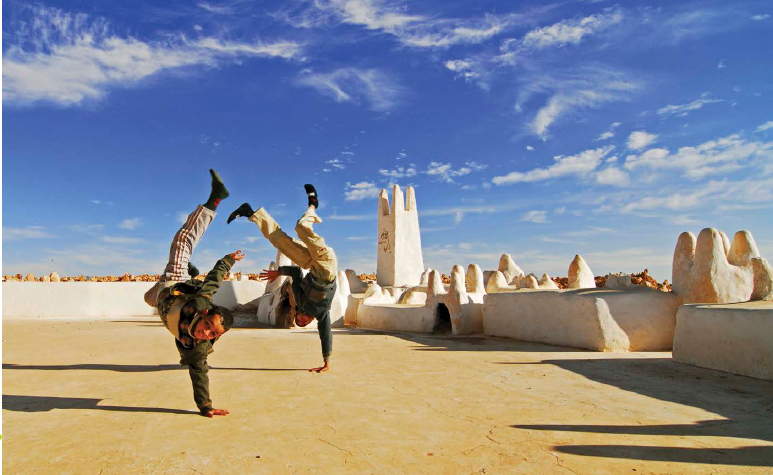
 ALGERIA TODAY
ALGERIA TODAY
A LGERIA, AFRICAS LARGEST COUNTRY, IS A LAND OF GREAT contrastsgeographical, cultural, and historical. Early Arab explorers called it Jazirat al Maghreb, or Island of the Westthe land between the Sea of Sand (the Sahara Desert) and the Mediterranean Sea. With its long Mediterranean coast, the country looks north across the sea to Europe, which Algerians view as both a land of opportunity and a source of oppression. Facing east, the sea also connects Algeria to the Levant and the Arab world that conquered it some 1,300 years ago. Facing south, Algeria encounters the mighty Sahara Desert, homeland to its indigenous people, the nomadic Berber people. To the west, it borders Morocco, an exotic country not unlike Algeria itself, but a problematic neighbor all the same.
Geographically, Algerias disparities are evidentfrom golden Mediterranean beaches and lush hills and valleys to rugged mountains and lunar-landscape plateaus, to the vast desert with its occasional palm-tree oases. The country has modern cosmopolitan cities, ancient Roman ruins, and timeless rural villages. It has stunning scenery and friendly people, but relatively few tourists, compared to, say, Morocco.
Culturally, Algeria is Arab Muslim, but vestiges of both its recent European colonial Christian era and ancient pre-Islamic Christian years can still be discerned. The people are a combination of Berber and Arab with small amounts of Andalusian Spanish and Ottoman Turk in the mix, reflecting historical empires and demographics.
Algeria today is an independent nation still climbing out from under centuries of conquest and domination by outsiders. Free since 1962, when it broke away from colonial French rule, Algeria is still trying to find its own identity and path to the future. During the Black Decade of the 1990s, the government fought a brutal civil war against a militant Islamist insurgency. The government eventually won, but not before the conflict took some two hundred thousand civilian lives. The pain and horror of that not-distant past now weighs heavily on the countrys consciousness.
The relative peace of the twenty-first century was ushered in by President Abdelaziz Bouteflika (b. 1937), who took office in 1999. He issued a broad amnesty to Islamists who handed in their weapons and helped put the nation on the road to reconciliation. However, the president suffered a stroke in 2013 during his third administration and has rarely been seen since. He won a fourth term in 2014 despite a campaign from which he was almost entirely absent. Although many observers suspected he was no longer in charge of his own administration, Algerians were in no hurry to rock the boat. Bouteflika symbolized a mostly peaceful continuity, while the impending transfer of power once hes gone could prove destabilizing.

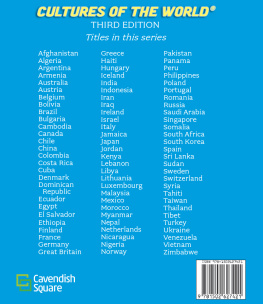

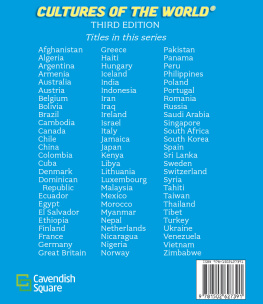
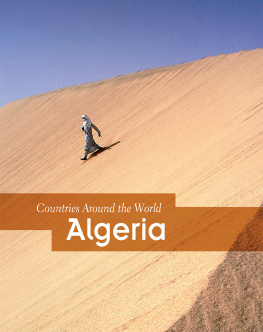

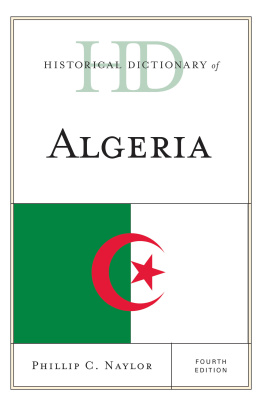
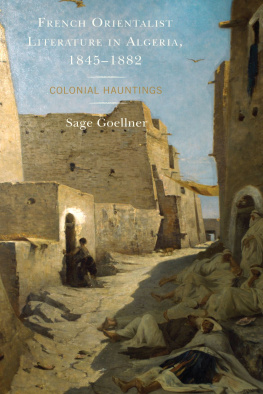


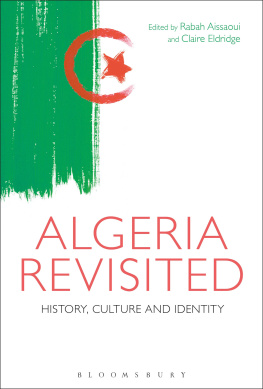


 CONTENTS
CONTENTS